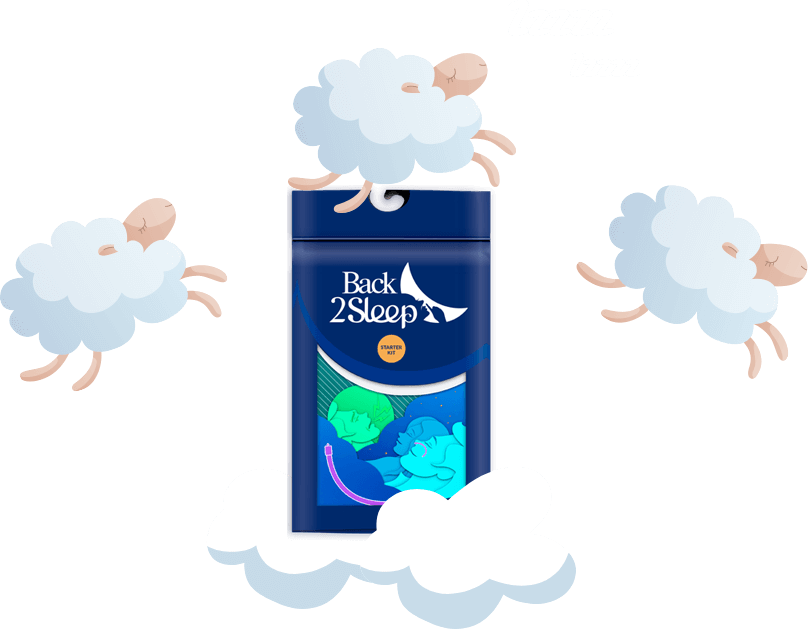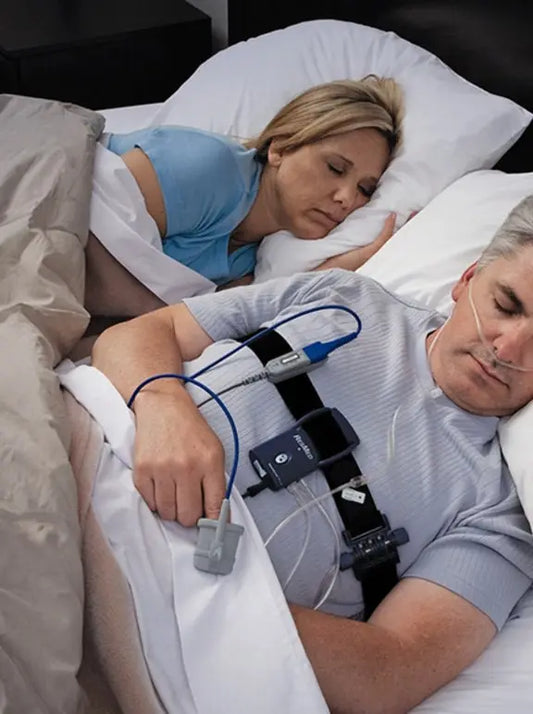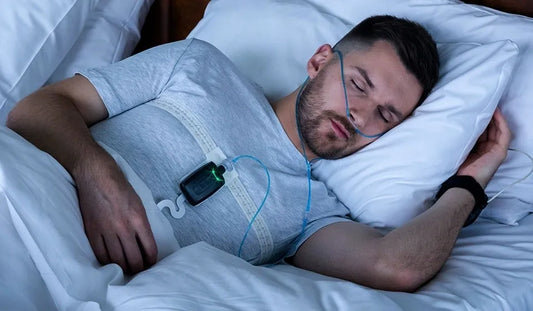This device has several purposes. The first, as we have said, is to alleviate certain sleep disorders and particularly sleep apnea. The second vocation is to fight against snoring and certain cardiovascular risks. Finally, this device allows you to gradually find a restful sleep and therefore to improve your quality of life. it can present a number of inconveniences.

Bulky and considered noisy by some of its users, it regularly causes side effects such as irritation or skin reactions at the mask pressure points. It should also be noted that some people suffering from claustrophobia may find it difficult to wear the mask during the night.
The choice of CPAP mask is therefore essential since on the one hand the comfort of the patient and on the other hand the effectiveness of the treatment.
CPAP mask: Indication
The use of a CPAP (continuous positive pressure) mask is a medical device. It requires first consulting a doctor. A polysomnography examination will be able to detect the usefulness of this treatment. The polysomnography examination makes it possible to record several physiological variables during sleep : heart rate, respiratory rate, movements… In addition, medical monitoring will be necessary for the duration of use of your CPAP device. This follow-up will make it possible to observe good tolerance of the treatment and its effectiveness.
![]()
Sleep apnea: is manifested by decreases or cessations of breathing over a period of time greater than 10 seconds during sleep. This is also called airway obstruction. Sleep apnea affects 1.5 million people in France.
The symptoms of sleep apnea are varied. We can cite snoring, headaches and great fatigue. The diagnosis of sleep apnea will be made after a polysomnographic examination.
Before any use, the patient must have obtained recommendations as to the mechanism of the machine. To be effective, this treatment involves using the CPAP mask for at least 5 to 6 hours a night.
The use of a CPAP device will be reimbursed up to 65% by social security in the context of apnea deemed severe (30 respiratory arrests per hour). This device will also be recommended in the event of less severe apnea that nevertheless has repercussions on the vigilance of the subject.
PAP mask: different types of masks
The choice of the CPAP mask is very important because the proper use of the device depends on it. No matter which CPAP machine you choose, it will be connected to an interface consisting of a pipe and a mask.
The type of CPAP mask is not trivial because it must adapt to the morphology of the patient. Also, there are different models of masks and different sizes. The mask is held by a harness. It is essential that there are no leaks.

How to choose your mask?
The first tip is to ask the provider for a trial period. It is important to spend a few nights with the mask to really judge its comfort. You must also choose a mask adapted to your morphology.
There are different types of CPAP masks that will be suggested according to the patient's profile. A face mask will be prescribed when the patient breathes through the mouth. If the patient is claustrophobic, the use of a nasal cushion mask will be recommended. Finally, if you find it uncomfortable to have an item in your nose, you can always use a nasal mask.
Studies were conducted in France to observe the impact of the choice of mask on the effectiveness of CPAP treatment. The results of this study are eloquent since they highlight that the initial choice of the mask has a great influence on the acceptance of the treatment.
PAP mask: Effectiveness and side effects
Is the continuous positive pressure device effective?
In 2016, a study was conducted presented at the European Congress of Cardiology which aimed to determine effectiveness of using the CPAP device. This study showed that the majority of patients wearing the mask for only three hours a night saw very little improvement in their disorder and in their quality of sleep. On the other hand, patients wearing their mask for an hour longer (therefore 4 hours) note the benefits of the treatment. More broadly, this study states that patients observe a reduction in their snoring and a decrease in episodes of drowsiness. In conclusion, it is recommended to wear the mask as long as possible during the night for more efficiency.

Many users of CPAP Masks complain of adverse effects. We are going to try to present here the main effects encountered and why not give tips for living the best nights with the CPAP mask. Common side effects include: feeling of claustrophobia, irritation, dry mouth, noise annoyance and rhinitis.
For the feeling of claustrophobia we advise you to use a nasal mask that suits you better. With regard to irritation, it is first of all advisable to test another mask. If this does not change anything, be sure to loosen the harness and modify the points of support. Dry mouth can be easily avoided by using a humidifier or simply by using a face mask rather than a mouth mask.
To get the best use of your mask, we strongly advise you to use it. maintain properly. It is therefore recommended to clean your mask after use. In addition, it is advisable to protect the mask during the day in a clean cloth to avoid any infection.

- Choosing a selection results in a full page refresh.
- Opens in a new window.







